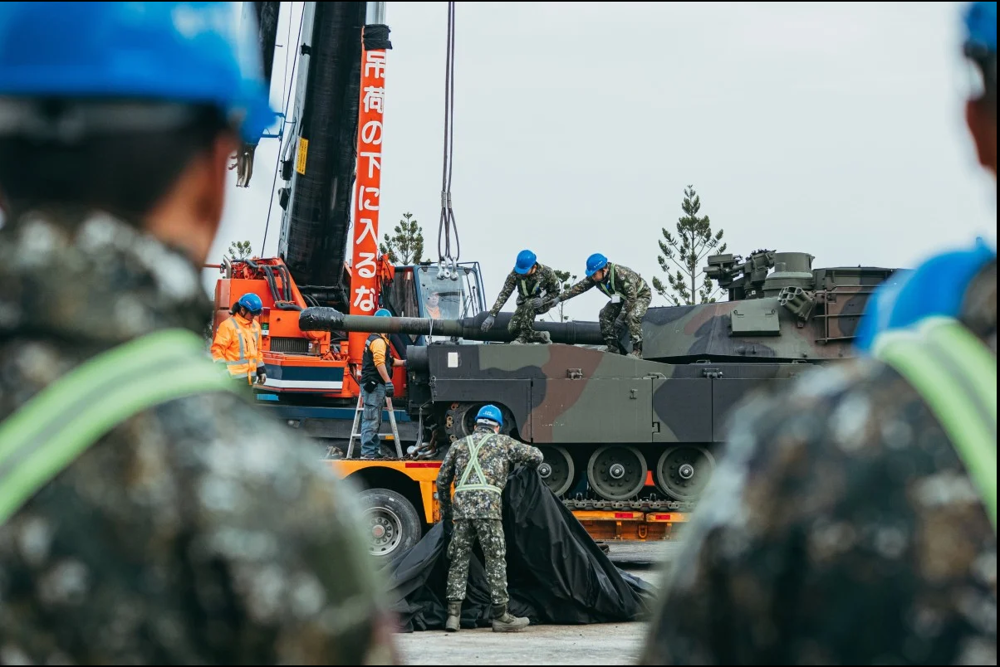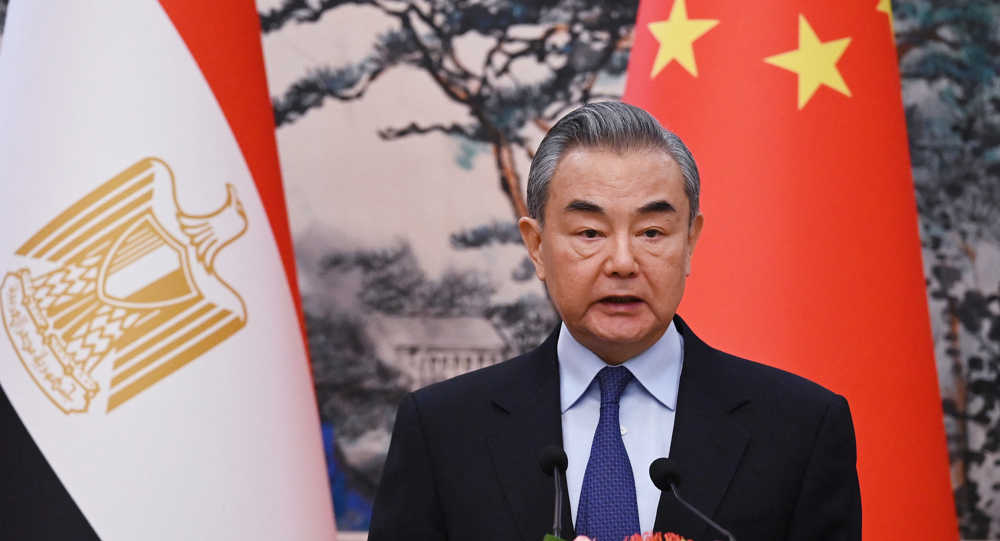New Chinese Ebola vaccine safe, protective: China
China says its first domestically-developed Ebola vaccine is a major medical breakthrough as it passed the Phase-II clinical test and gains permission for clinical trials overseas.
On Friday, state broadcaster China Central Television (CCTV) cited a report by the country’s Academy of Military Medical Sciences (AMMS), the developer of the “rAd5-EBOV” vaccine, as saying that tests show that the vaccine is both safe and protective.
One single shot is capable of producing an antibody against Ebola virus “14 days after inoculation with the amount reaching the peak resistance at 28 days,” the AMMS said.
It went on to say that the restructured vaccine was developed based on the 2014 gene type and particularly the type of the virus that plagued West Africa.
Phase II of the four clinical trials involving new drugs is when the newly developed medicine is applied to between 100 and 300 patients and emerges successful in its efficacy and safety in treating the targeted disease. The rAd5-EBOV vaccine has been reportedly successful in clinical trials in 500 cases of Ebola infection in Sierra Leone.
Ebola is a form of hemorrhagic fever, whose symptoms are diarrhea, vomiting, and bleeding. The virus spreads through direct contact with infected blood, feces, or sweat. It can also be spread through sexual contact or the unprotected handling of contaminated corpses.
The disease was first identified in 1976 in two simultaneous outbreaks, one in Nzara, a town in South Sudan, and the other in Yambuku, a village in the Democratic Republic of the Congo and in the vicinity of the Ebola River, from which the infectious disease takes its name.
According to the World Health Organization (WHO), the disease had a total of two dozen outbreaks from 1976 to 2013, infecting 1716 people. The largest outbreak took place in late 2013 and lasted until early 2016, infecting 28,616 people, of whom 11,310 lost their lives.
Back in late March this year, the WHO declared that the disease was no longer an emergency.
American warplane downed after Yemeni attacks 'baffled' US air defense: Ansarullah
VIDEO | Yemenis praise the military for its successful operations against Israel
VIDEO | Israel continues to bomb Gaza homes
VIDEO | An insider's view of the country: Meybod City in Yazd
‘All wars have rules. All of those rules have been broken’ by Israel
VIDEO | Report flags India’s violation of rights of Rohingya detainees
Turkey's foreign minister meets Syria's de facto leader in Damascus
VIDEO | US Syria plots










 This makes it easy to access the Press TV website
This makes it easy to access the Press TV website